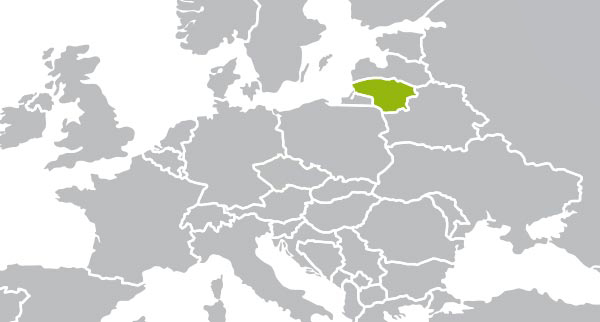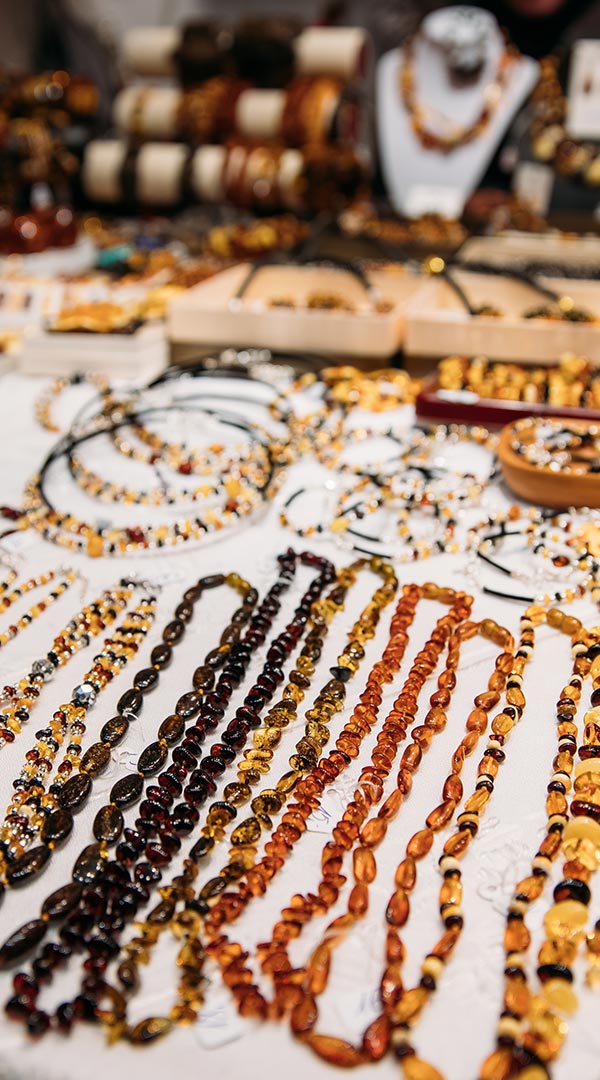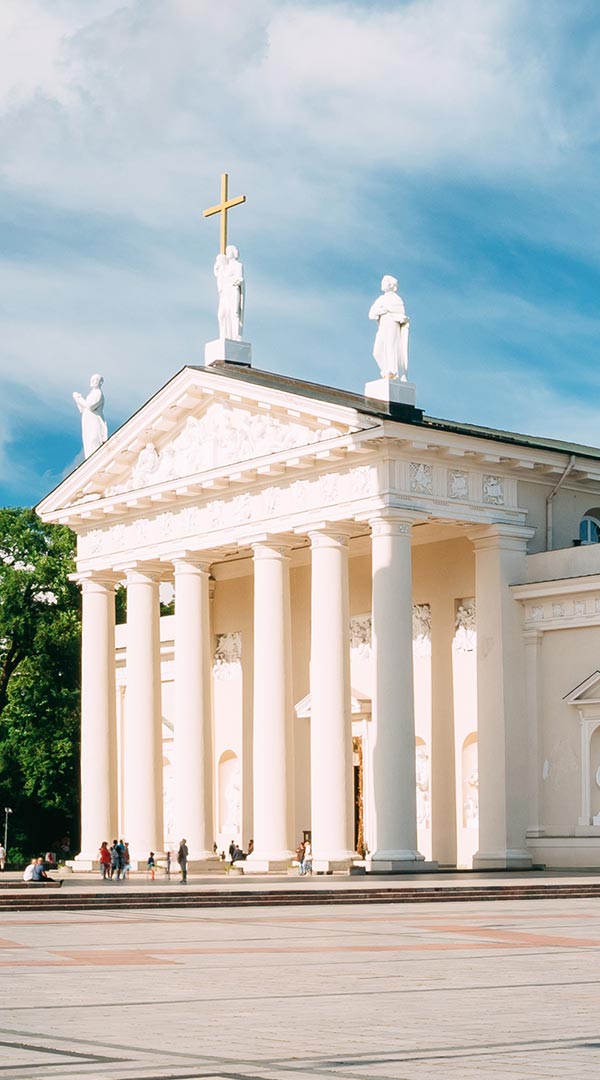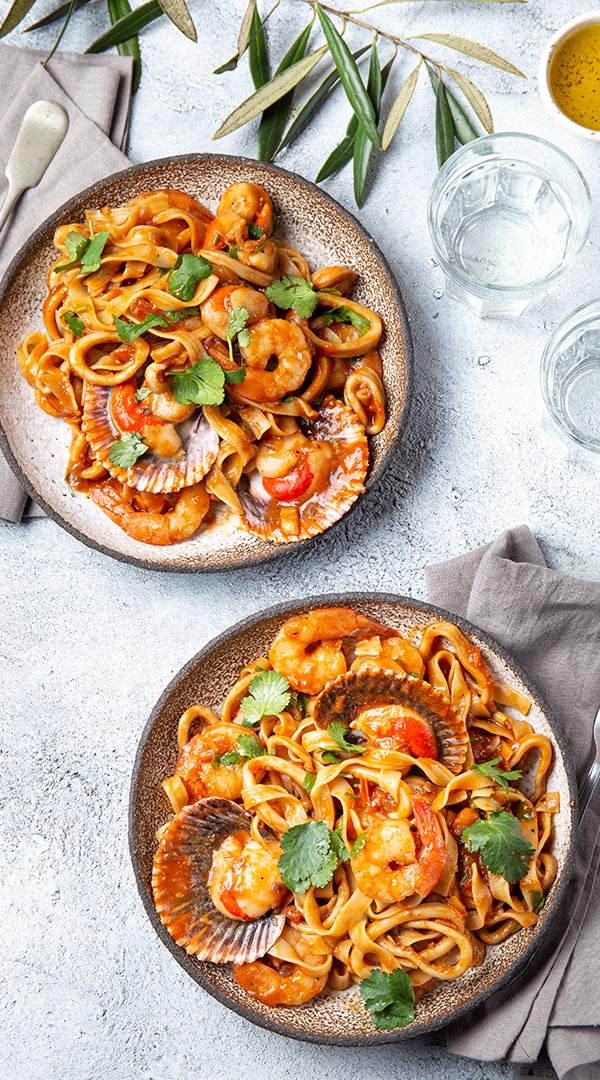
A land of wood and water, the proud and fiercely independent Lithuania (Lietuva) is fast being recognized as one of Europe’s hidden gems.
The southernmost of all the Baltic states, it is a pocket-sized republic that is a nature-lover’s delight and yet, it lacks nothing for those who are seeking urban excitement.
Cathedral Square Bell Tower, Vilnius
St Annes Church Vilnius
The capital, Vilnius, which houses an enthralling artists’ enclave, with its timeworn courtyards, cobbled streets, and historic Vilnius University, Church of St Peter and St Paul, the Gates of Dawn, Vilnius Cathedral, and the Church of St Anne, have all been re-invigorated by the vibrant, optimistic culture of today.
Further afield, the remnants of Soviet times are all around – a disused nuclear missile site (now a museum to the Cold War) and a Soviet sculpture park – are reminders of a dark recent past, while the Hill of Crosses (Siauliai) and Orvydas stone garden stand testament to the land’s enduring faith.
Lithuania’s most well-known attraction is its stunning Baltic coastline, especially the unique sliver of white sand known as Curonian Spit. Vast isolated coastal wetlands are a magnet for migrating birds by the tens of thousands while inland, lush forests watch over burnished lakes.
Go searching for “Amber gemstones” on the beach near Klaipėda, a port city in Lithuania, where the Baltic Sea meets the Danė River. The old town features German-style, 18th-century wood-framed buildings. The theatre Square, the city’s main gathering spot, is home to the neoclassical Drama Theatre and the square’s 1912 Taravos Anikė sculpture pays tribute to a local poet.
St Johns Church, Vilnius
Vilnius
„THE JERUSALEM OF LITHUANIA“

Traditional Amber Jewellery
Rising like a ghostly apparition from the waters of Lake Galvė, and conveniently located only 28 kilometers and easily accessible from Vilnius, is the rosy brick Gothic castle which is the crowning attraction of Trakai.
Kaunas Castle, a medieval castle in Kaunas, the second-largest city in Lithuania, was originally built during the mid-14th century, in the Gothic style. Its site has strategic importance – dominating a rise on the banks of the Nemunas River near its confluence with the Neris River.

Cathedral Square, Vilnius
The typical Lithuanian cuisine consists of items that are readily available and not expensive. This is to say that it is not delicious, Pork, smoked meats, cabbage, beets, and potatoes are a staple source for meals.
The 2 favourite traditional dishes of Lithuania are šaltibarščiai, a cold beet soup with buttermilk, and cepelinai, boiled potato dumplings filled with meat or curd and served with fried pork fat or sour cream.

Delicious food
Rich, wholesome, and delicately striking the perfect balance between sweet and savoury flavours, Lithuanian desserts are one of Europe’s hidden treats – Šakotis (Tree Cake) – considered the king of Lithuanian cakes and desserts. Some Šakotis can be up to one meter in length! Medaus Tortas (Honey Cake) – is made by layering baked dough sheets and delicious cream frosting. Tinginys (Lazy Cake) is made by mixing small pieces of plain cookies with melted butter, condensate milk, and a few spoons of cacao powder and doesn’t require any baking.
So, welcome to Lithuania!





